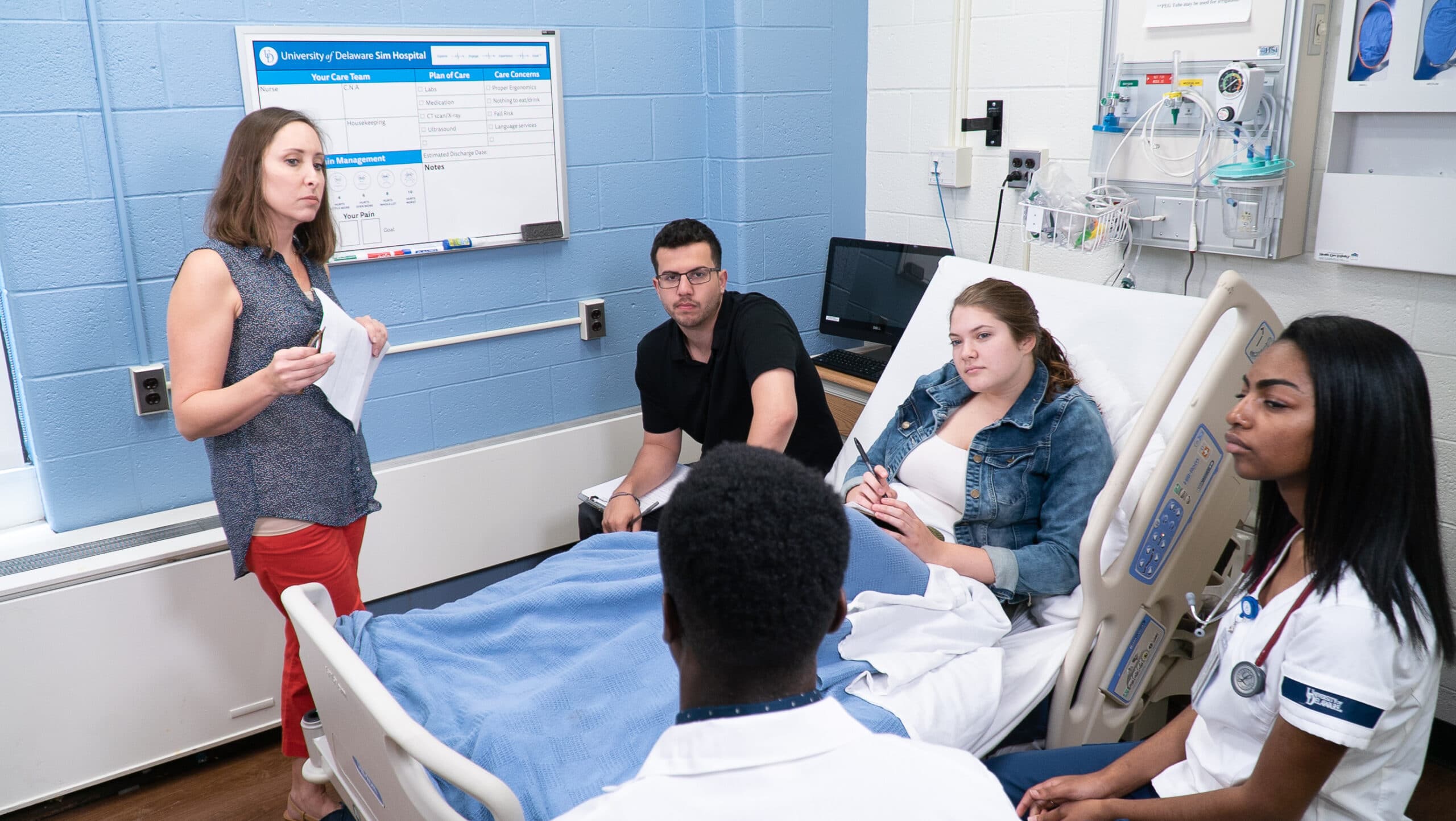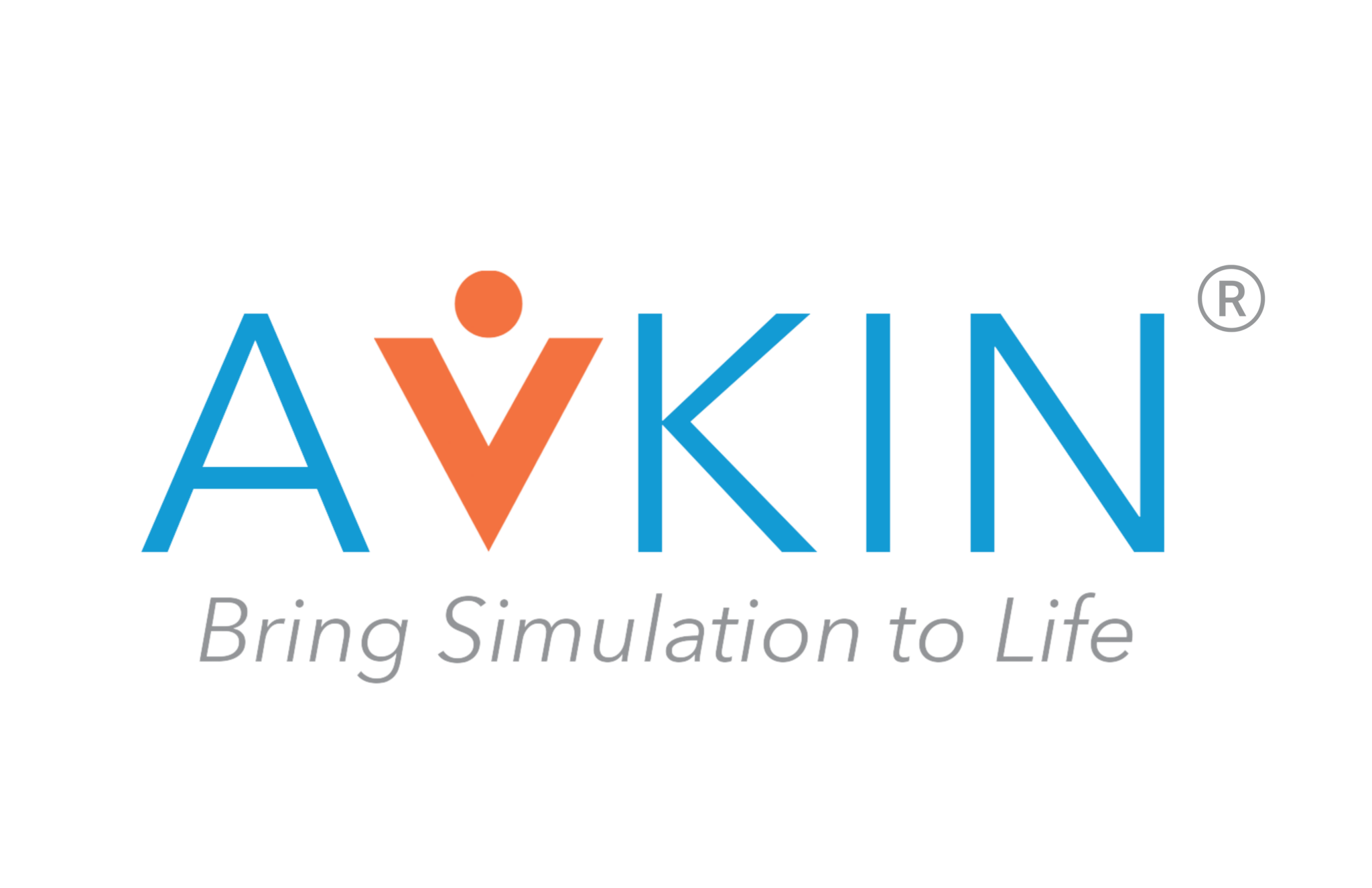Interviewing Standardardized Patients

Interviewing standardized patients can feel overwhelming and confusing on what to ask. This guide will assist you with all the necessary steps for conducting effective interviews and how to decide who is the right fit for your program. FREE RESOURCE is included with recommended interview questions for the perfect interview.
1. Include An Audition
An interview is a great way to get to know a candidate, but the audition will help you know if they are the right fit for your program. You want to ensure they can perform to the expected standard, and if they can’t, do not spend your time onboarding just to find they are not the right fit. Candidates can overact or make extreme choices;, try coaching them. If that does not work, it is best to part ways.
Check out this blog with more information on good improv assignments for auditions.
2. Preparation
Before your interview process begins, send something for the candidate to complete ahead of time. Such as an information sheet, headshot, or reference. This is a way that you can begin the correspondence and see how quickly they respond and send back the requested material. It is a small step, but it was an easy way to rule out people who were not very interested.
Pro Tip from Megan Weldon: If you have to reschedule more than two times, do not interview the candidate. In extenuating circumstances, we would, but for the most part, if they can not make it to the interview, they will not make it to your sims.
3. Relaxed
When you are ready to bring in the candidates, create a relaxed environment. You want them to feel like you are just having a conversation. You are both there to get to know each other and see if it is the right fit, you don’t want them just to tell you what you want to hear. When the candidate arrives, sit down with them and give them a run-through of the interview and audition and ask if they have any questions.
4. Bring In The Team
Diversity of thought is key when it comes to interviews. You want people from all different backgrounds. It is recommended to have your standardized patient educator, simulation lead (that will work directly with SPs), and bonus a seasoned standardized patient that has worked at your institution for some time. Make sure you introduce the entire team to the candidate before starting the interview.
5. Ask the Important Questions
You want to ensure you download the guide below to ask the important questions. Learn more about their availability early; if you are looking for large chunks in the middle of the day or when you do simulation. Their motivation for wanting to be an SP is extremely important. Anyone who wants to “fix” healthcare providers or who has had noxious experiences may have their agenda and can “take over” the debriefing process. For the psychological safety of your students, it is best to pass on these standardized patients.













